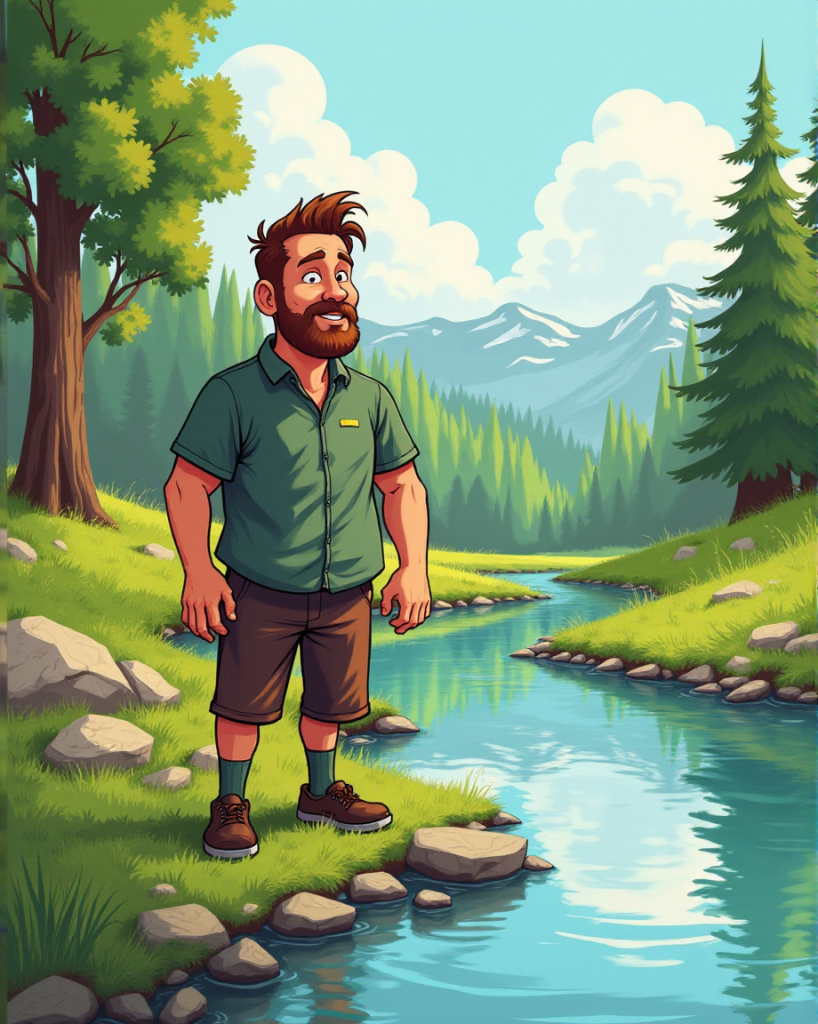After a while of pausing I would like to continue with some stories…
However, I would like to change the format a little bit and take turns between different languages. So, in addition to therapeutic stories in English there will be some in French and Spanish, as well. But, first of all, let’s continue in English . Here’s one which I have personwitnessed in our local hospital.
“Good morning. My name is … ” he began his speech. “She can’t speak,” explained the nurse. “Stroke… ” The helpless gestures of the young lady patient let him know that she did not understand his words, except for a few, for which he managed to coax from her a nod or a shake of the head. How can you still communicate with such a person? With gestures he painted in the air a steep staircase for her with high steps. But alas he sighed “Too steep!” He shook his head in disappointment. Then he drew with his hands a staircase with long low steps. With his fingers, he went along the whole staircase.
The woman looked attentively and nodded. With his hands he painted a high mountain in the air. A man of two fingers wanted to climb it. But he fell again. Then he found a path with a gradual slope, a zigzag, with many turns. He went this way. The woman’s eyes began to shine. And so the pantomime took its course. “Keep your eye on the goal” and “passion” followed as the next images. The movements of a marathon runner and an upwardly clenched fist; they inspired to perseverance and a fighting spirit.
The turning hands of a clock showed that it would take time. He continued the charade with his hands together on the side of his inclined head. “Sleep” and “wake”, “sleep” and “wake”, and many many times they would have to “sleep ” and “wake” until they would be at the peak, which he kept looking upwards at with his eyes and pointing to with his outstretched forefinger. With hands and feet, with his whole body, he portrayed the picture of how her children would hook into her left elbow, and her parents the right and how they would all go together with her, all the way.
Once again he stretched out his fist to the sky. She would have to fight for all she was worth. Three days later, he again visited the woman. “You know,” said the lady in the bed next to her, “she has been here for four weeks and nothing really happened but in the last three days she has made amazing progress”. He spoke with the patient again and this time she understood every sentence. Then he took his leave. “Goodbye” she said. It was her first recovered word.

